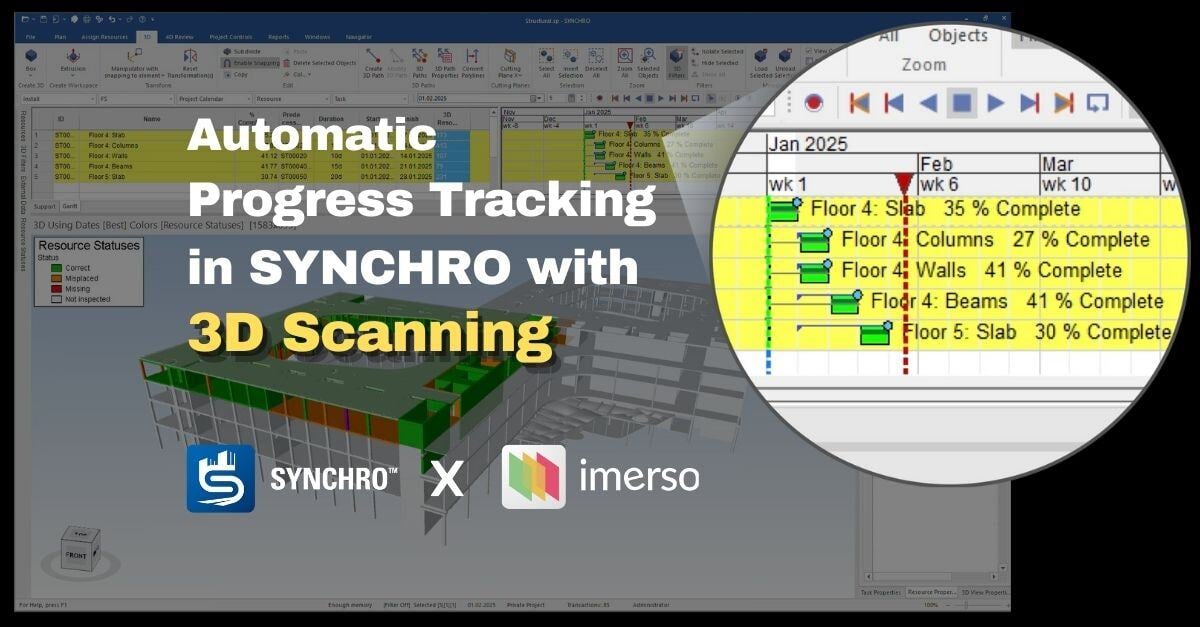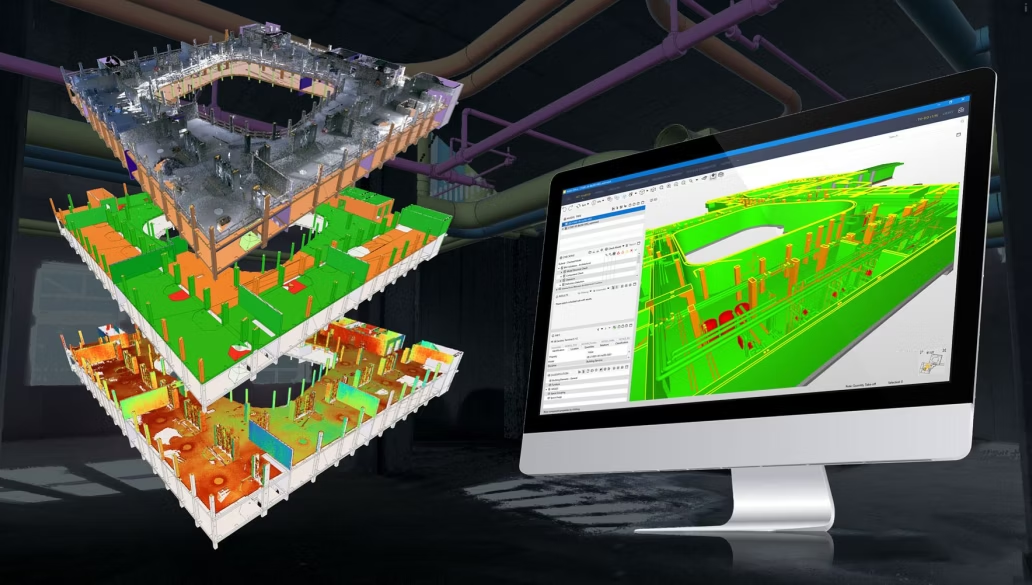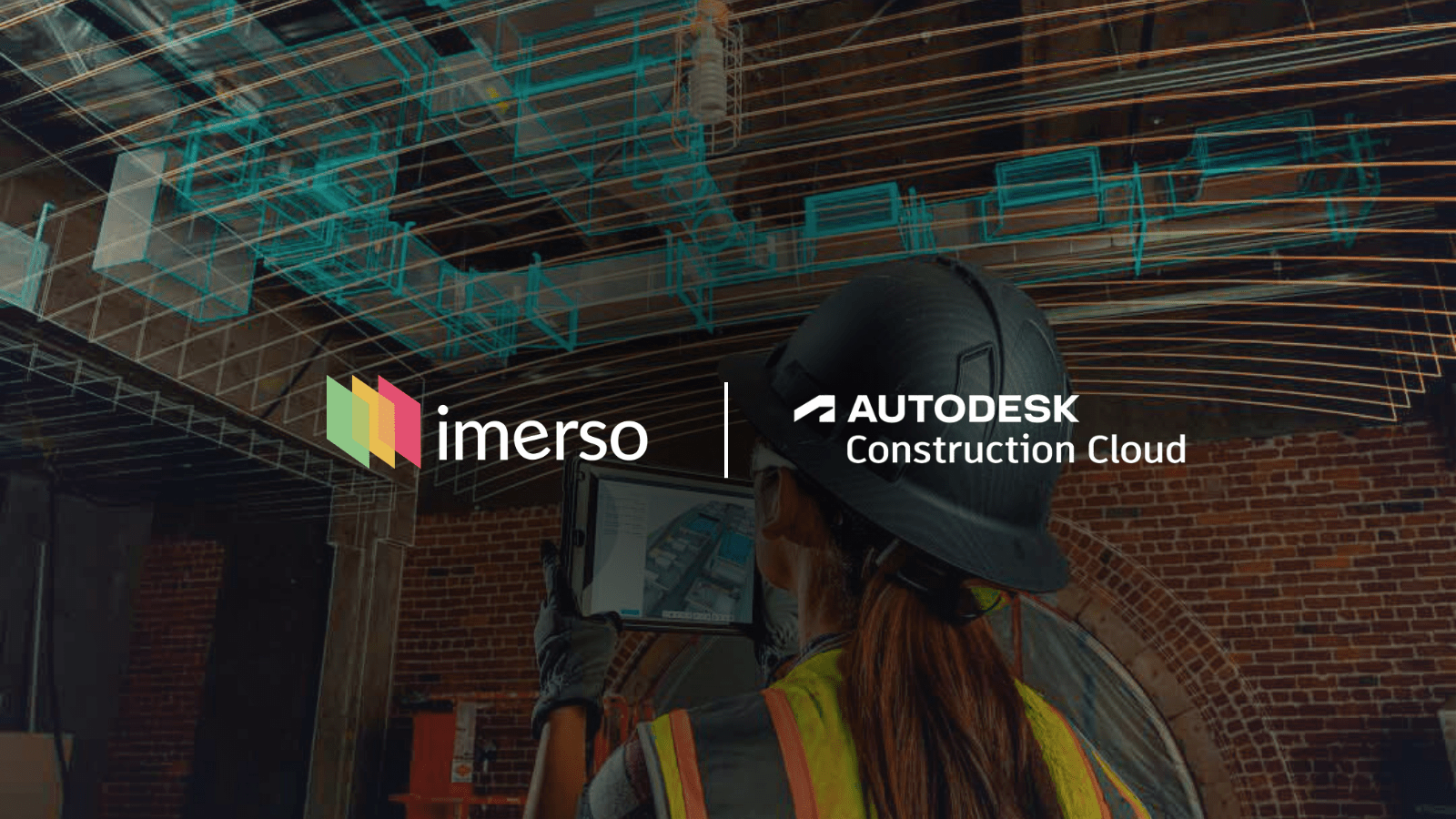Table of Contents
Criteria for Choosing the Right Construction Tools:
- Define Clear Objectives for Digital Construction Tech
- Review Regulatory Standards in Construction Projects
- Test UX and UI of Construction Tools
- Evaluate Interoperability of Construction Software
- Estimate the Total Cost of Construction Software Ownership
- Consider Data Security of Construction Tools
Latest Construction Tools Overview:
- BIM Authoring Construction Software
- As Built Documentation & 3D Scanning
- Model Coordination Construction Tools
- Site Monitoring and Quality Control
Criteria for Choosing the Right Construction Tools
Demand for new construction software is rapidly increasing, and hence more and more tools are appearing on the market. Let’s review the criteria to take into account before signing the agreement with a tech vendor.
Define Clear Objectives for Digital Construction Tech
Before making any investment in new technology, it’s essential to define clear objectives for your organisation. Assess specific processes to improve or replace with tools, identify the affected teams, and evaluate tools in use at the moment.
For instance, you may want to improve collaboration between teams, reduce project delays, or enhance project communication. Consider the scope and scale of your project, as well as the budget and timelines for implementation.
By setting clear expectations for the construction software, you can ensure that the tool aligns with your needs. This, in turn, helps to optimise the performance of your projects and achieve success.
Review Regulatory Standards in Construction Projects
Compliance with regulatory and industry standards is critical for any construction project. Meeting the standards prevent delays, fines, and even legal action. Therefore, it’s crucial to ensure that the construction software you choose complies with all the necessary regulations and standards.
Different regions and industries have their own specific standards, such as building codes, safety regulations, and environmental guidelines. For example, the European Agency for Occupational Safety and Health Administration (EU-OSHA) sets standards for workplace safety, including construction sites. European Environmental Agency (EEA) has regulations for managing hazardous waste and protecting the environment.
It's important to research and identify the relevant standards and regulations for your project and ensure that the software you choose meets those requirements. This may involve working with vendors or software providers who have experience in your industry or region and who can provide documentation of compliance with regulatory standards.
By selecting a software solution that meets regulatory standards, you can also reduce risk and liability for your project. This, in turn, can save time and money in the long run and help to avoid potential legal issues.
 Test UX and UI of Construction Tools
Test UX and UI of Construction Tools
When evaluating construction tools, it's crucial to consider the user experience (UX) and user interface (UI). This involves assessing the tool's ease of use and learnability. A user-friendly tool can improve productivity and efficiency on a construction site, while a tool that is difficult to use or requires extensive training can cause delays and hinder project progress.
Additionally, it's important to determine whether the tool can provide value with just a few proficient users, or if adoption by the entire team is necessary for success. Some tools may only require a small group of skilled users to utilise their full potential, while others - widespread adoption and usage across the entire project team or multiple partner teams.
Finally, it's essential to consider the tool’s supported languages. This way, teams will be able to effectively use technology and understand its functionality.
Evaluate Interoperability of Construction Software
The ability of construction software to easily exchange data with other software platforms is critical for effective project management. Often, different teams within a construction project use different software solutions, such as project management software, design software, or building information modelling (BIM) software. Each of these tools may store important data that needs to be shared with other teams or integrated into a larger project workflow.
When considering a new tech, check whether it will work well with your existing systems. Can data exchange be easily managed through either file format compatibility or direct API integrations?
File format compatibility is one way to enable data exchange between software systems. For example, if two software systems can read and write to a commonly-used file format, such as CSV or XML, then data can be easily exported from one system and imported into another.
Direct API integrations provide a more seamless way to share data between software systems. APIs enable software systems to communicate with one another directly, allowing data to be transferred automatically and in real-time. This approach can help to reduce errors, improve data accuracy, and streamline project workflows.
Estimate the Total Cost of Construction Software Ownership
The total cost of ownership (TCO) includes all the costs associated with the usage of construction tools, beyond just the initial purchase price or subscription fee. These additional costs may include ongoing support and maintenance fees, training sessions, labour time, required add-ons, and upgrades. Accounting for these costs prevents unexpected expenses and the project's bottom line. Let’s review some of them:
Support and maintenance fees.
These often cover ongoing technical support, software updates, and bug fixes, and tend to add up over time. Such fees may be necessary to ensure that the software or device continues to function properly and meet the project's needs.
Training sessions.
While some software or devices may be intuitive and easy to use, others may require extensive training to ensure that users can effectively utilize all the features and functionalities. Labour time is also a significant cost, as workers may need to spend additional time learning and adapting to new software or devices.
Required add-ons and upgrades.
Some software or devices may require additional components or accessories to function correctly or to meet the project's requirements. Upgrades may also be necessary to ensure that the software or device remains up-to-date and compatible with other systems.
By considering all of these factors, construction teams can more accurately calculate the TCO of software and devices, and make informed decisions about which solutions to choose.
.001-min%20(1).jpeg?width=900&height=471&name=Banner%20(2).001-min%20(1).jpeg) Consider Data Security of Construction Tools
Consider Data Security of Construction Tools
Data security is a critical consideration when selecting construction tools. It's important to ensure that the tech stack used is designed to protect sensitive information and data and secure against potential threats. This includes evaluating whether the software has security certificates and adheres to best practices such as Two-Factor Authentication (2FA) and user access permissions.
- Security certificates indicate that the software has undergone rigorous security testing and meets industry standards for protecting sensitive data. Examples of these certificates include the ISO/IEC 27001, which sets out the requirements for information security management systems, and the SOC 2 Type II, which assesses the controls used to protect customer data. These certificates provide an extra layer of assurance that the software is designed to protect sensitive information.
- Two-Factor Authentication is another important security feature to consider. 2FA requires users to provide a second form of authentication, such as a fingerprint scan or a unique code sent to their phone, in addition to their password. This helps to ensure that only authorized users can access sensitive data and reduces the risk of unauthorized access.
- User access permissions are also crucial for maintaining data security. This involves assigning different levels of access to different users, ensuring that only those who require access to sensitive data can view it. For example, project managers may have access to all project data, while contractors may only have access to specific areas relevant to their work.
Once you've considered these factors, it's time to start shopping for the best tech solutions across the value chain.
Latest Construction Tools Overview
BIM Authoring Construction Software
These tools enable users to create accurate 3D models and simulate designs virtually, improving feasibility and safety. They foster collaboration among stakeholders, with real-time sharing and modification capabilities.
ArchiCAD, Revit, Allplan, Vectorworks, Tekla, SketchUp - are all examples of such tools.
As Built Documentation & 3D Scanning
As Built documentation serves as a historical record and proof of compliance, improving future construction projects. Modern tools provide a more efficient process for documenting changes during construction, ensuring all parties maintain accurate and up-to-date documentation. 3D scanning delivers millimetre-accurate documentation of the As Built status in minutes, including surface flatness analysis, combining As Built tracking and quality control into a single workflow.
Examples of As Built documentation & 3D scanning software include Imerso, Leica Cyclone, Matterport, OpenSpace, Buildots.
Model Coordination Construction Tools
Model coordination tools integrate and align different project models, identifying and resolving conflicts to ensure an accurate and efficient design. These tools are often used in large-scale construction projects involving multiple teams or contractors. They help prevent clashes and inconsistencies during construction by checking for potential conflicts in the models.
Examples of model coordination tools include Solibri, Navisworks, BexelManager, and ACCA.
Site Monitoring and Quality Control
Site monitoring automation involves sensors, scanners, cameras, drones, and other devices to gather real-time data on a jobsite, identifying any deviations or slow progress. This helps minimise disruptions, improve efficiency, reduce costs, and enhance project outcomes.
Solutions like Imerso, Dalux, OpenSpace, Buildots, and CheckD combine 3D scanning with automatic site inspections, enabling early alerts of work deviations, progress tracking, and automatic updates to BIM.
Want to see the best tech solutions across the whole value chain in construction? Access our latest guide here>>.
Conclusion
The world of construction technology is expanding rapidly, and choosing the right construction tools is critical to ensure the success of a project. Before investing in any new technology, first and furthermost, establish clear objectives for your organization. Then consider compliance with regulatory standards, evaluate user experience, determine interoperability with existing systems, and estimate the total cost of ownership. Data security is also crucial, and it’s necessary to ensure that the selected tools comply with data security requirements. By keeping these criteria in mind, construction teams can make informed decisions and select the best tools to optimise project performance, reduce risk, and improve productivity.
About Imerso
Imerso is a software platform that combines BIM, Reality Capture, and AI technologies to automate construction site supervision and quality inspections with one simple workflow. We help construction companies cut project risks and delay costs with real-time monitoring of site status and work quality. Learn more here>>.

.png?width=350&height=147&name=Imerso_Logo_A4_White_Transp%201%20(1).png)



